The story of fearless pink
our Partnership
Fearless Pink is a sparkling rosé made exclusively for the Financial Times. Our partnership is based on our shared values - and celebrating the colour pink. The FT started out in 1888, promising to report ‘without fear, and without favour.’ Five years later, it turned its pages pink as a savvy way to stand out on newsstands. Over the years, its iconic salmon hue has become a symbol of its respected heritage, quality news and originality.
Our Fearless Pink wine celebrates being bold and doing things differently. Pinot Noir grapes have been harvested by hand, gently pressed and expertly fermented in the London Cru Winery in Fulham to create delicious and well-balanced flavours.
the wine
Pinot Noir grapes were harvested in 2022 from a single vineyard in Wiltshire, a five minute drive from Stonehenge. The fruit was of the highest quality with great natural sugar levels. This creates a crisp finish that can only be achieved in a cooler English climate, making it the envy of other sparkling wine-producing regions.
Traditional Method English Sparkling Wines are seen as some of the highest quality in the world and can only be made with a long and precise production method. This wine was made with the same method as Champagne, German Sekt and Spanish Cava.
London Cru Winery has been making award-winning wines for 10 years and prides itself on local, low-mile wine made in London. Fearless Pink is an exclusive small-batch wine. Only 1000 x 750ml sparkling wines and 200 magnums were made.
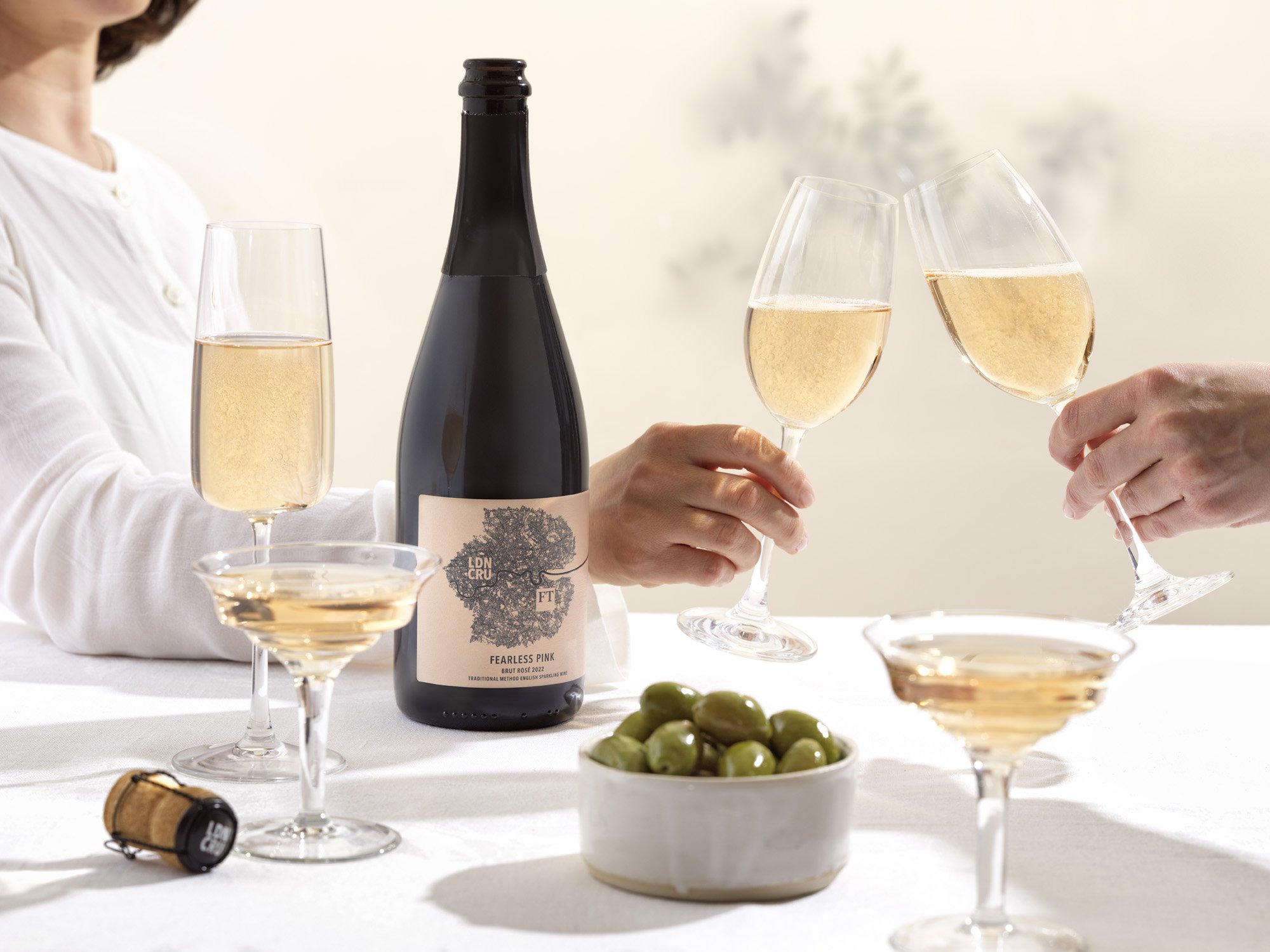
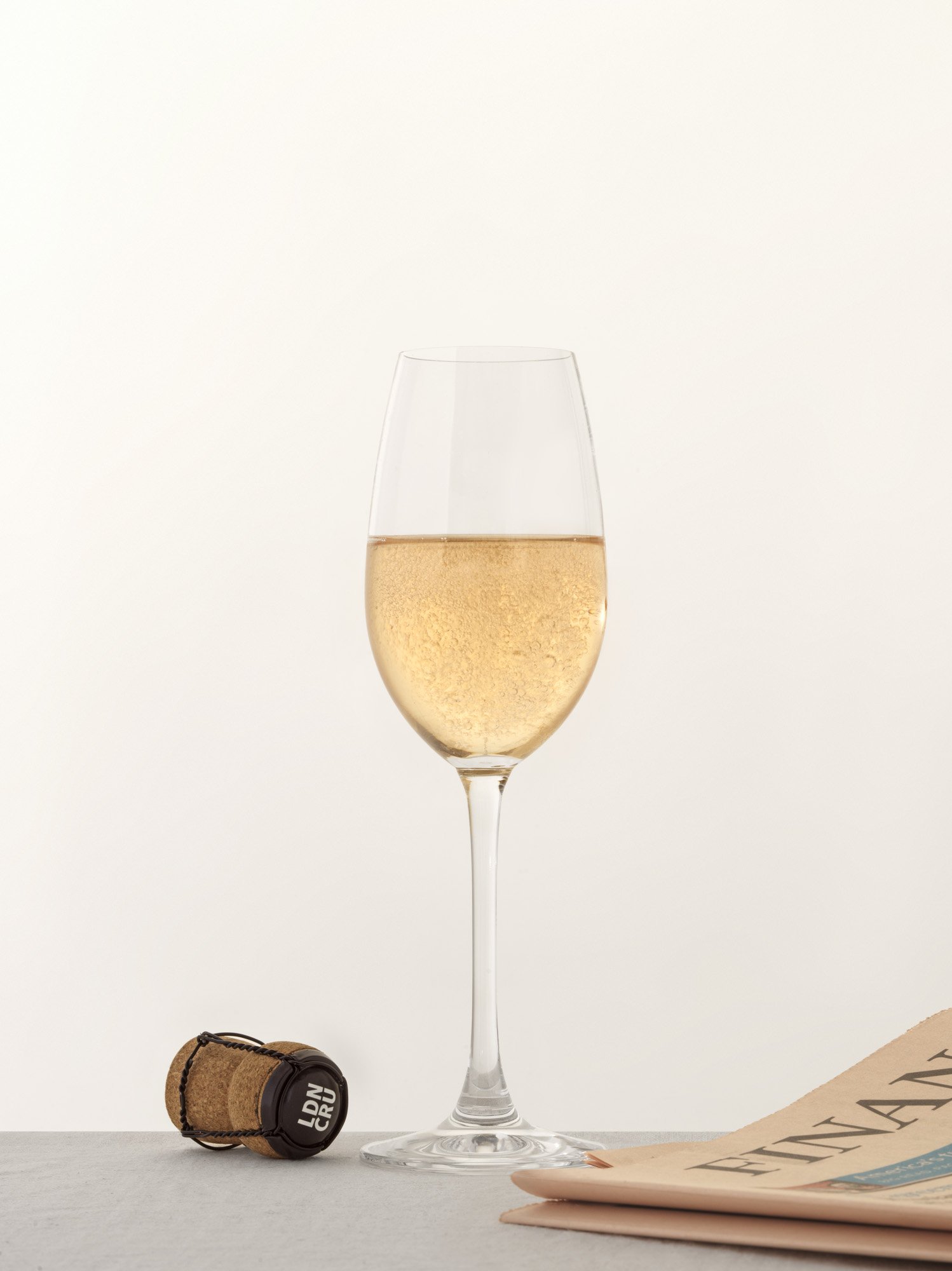
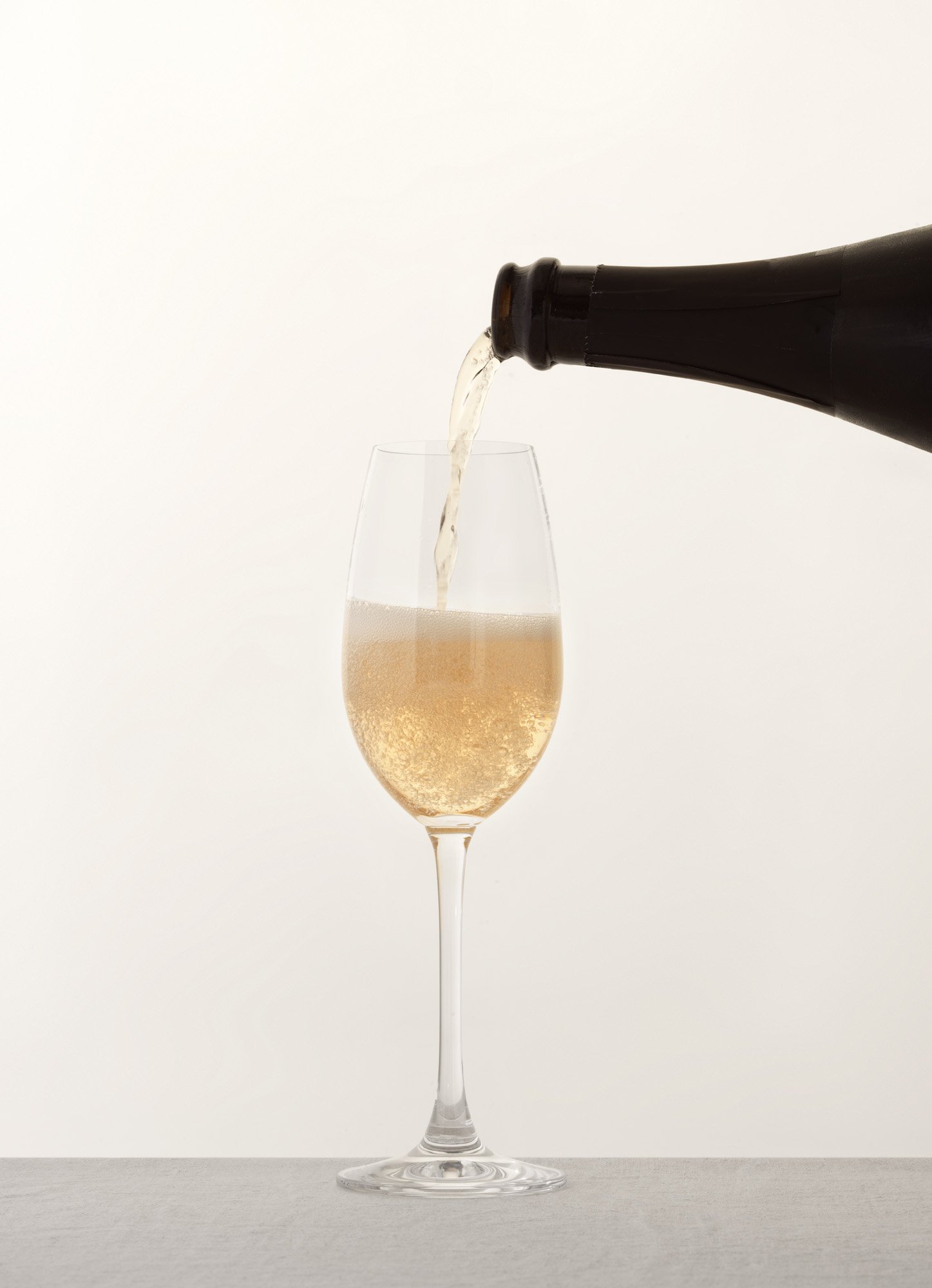
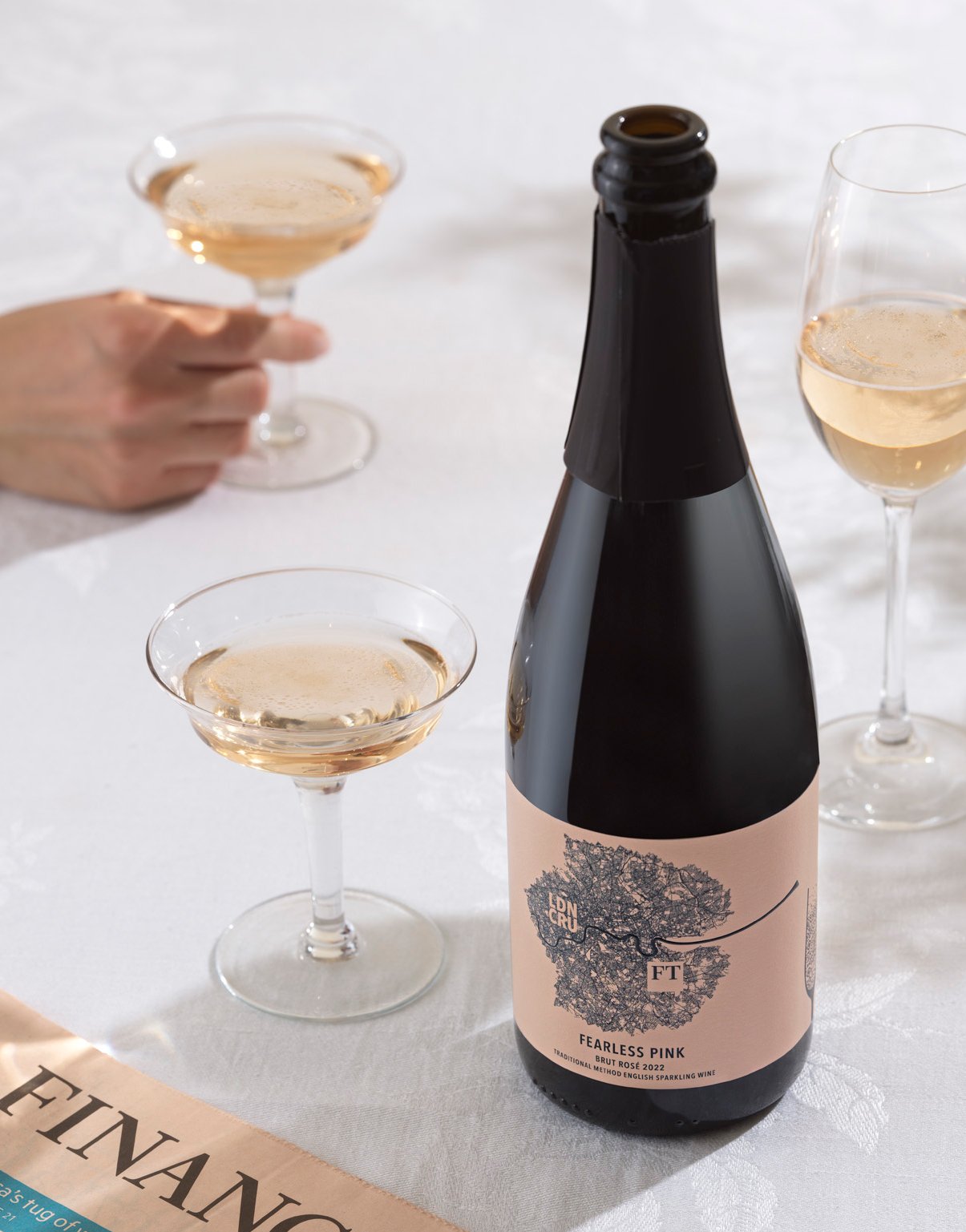
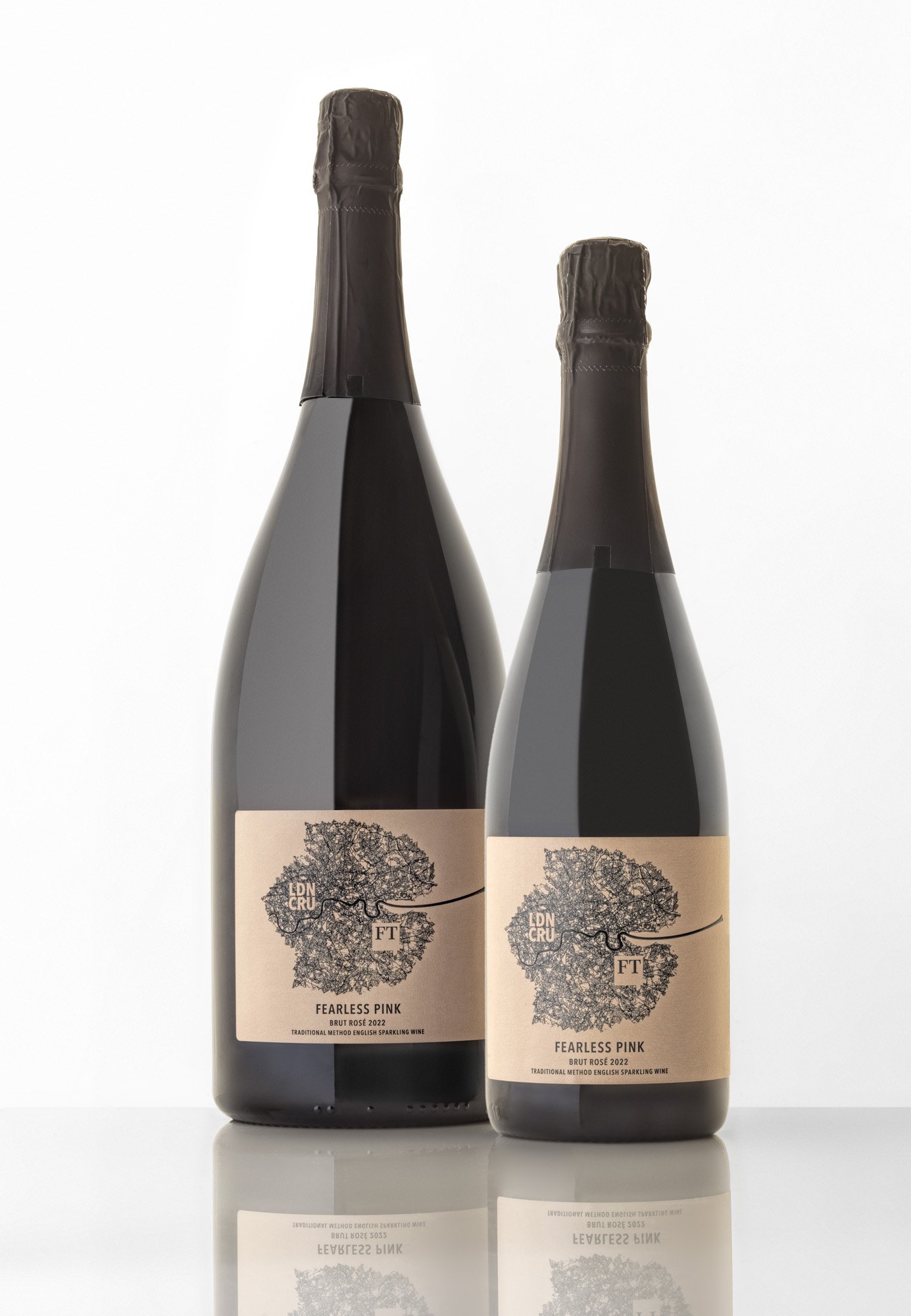

FLAVOUR PROFILE
Nose: Aromatics of fresh peach and wild berries.
Mouth: Refreshing delicate bubbles create a playful mousse leading to well-balanced flavours of vibrant citrus and crispy red apple.
Conclusion: An even-tempered English Sparkling Rosé that will pair well with every occasion.
Food: Pairs perfectly with smoked salmon canapés or scallops, soft Brie cheese, or a summer pasta with fresh tomatoes and basil.
method
Pinot Noir grapes were handpicked from a single Wiltshire vineyard on October 5, 2022. After arriving at the cellar, they were gently pressed with three hours of skin contact to achieve a delicate rosé hue. Following full malolactic fermentation and tirage, the wine underwent secondary fermentation with top-quality Champagne yeast. It was then aged on lees for ten months and disgorged in April 2024 with an 8g/L dosage. The result is a wine with a clean and elegant finish.









